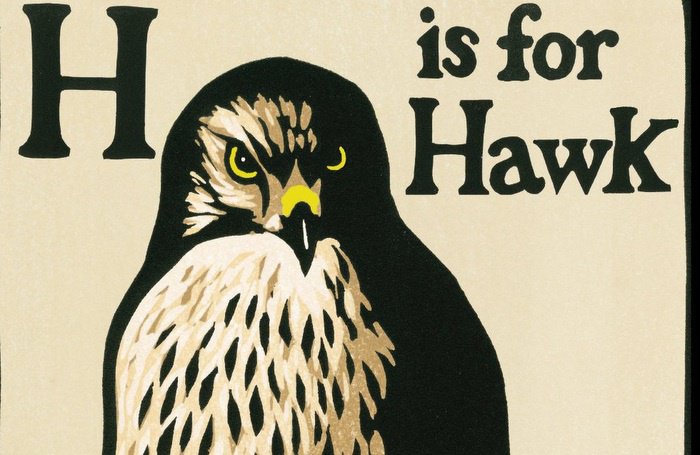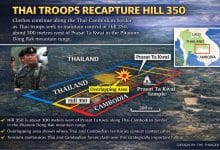Books: Falling in love with killer birds

PHUKET: Helen Macdonald writes prose of fearsome intensity. H is for Hawk (Grove Press, New York, 2015, 300pp) is her intimate account of training a goshawk named Mabel and then running after her through the hedges and fens of the British countryside to retrieve the many rabbits and pheasants she kills. Outwardly a mild-mannered academic from Cambridge University, the author has been fascinated by raptors since childhood. She translates this fascination into magnificent descriptive passages:
“Have you ever seen a hawk catch a bird in your back garden? I’ve not, but I know it’s happened.
Out on the patio flagstones, sometimes, a few fragments: a little, insect-like songbird leg, with a foot clenched tight where the sinews have pulled it; or – even more gruesomely – a disarticulated beak, a little conical head of blushed gunmetal, slightly translucent, with a few maxillary feathers adhering to it.”
Mabel is a 20-inch, 2.1-pound bundle of ferocity. There is the special gear that goes with the art of hawking – the hoods and the foot traces – and the language: ‘mutes’ for hawk poop, ‘bates’ for a tethered hawk flying off your fist in terror and smashing onto the floor and ‘yarak’ the murderous
focus as the hawk zeros in for the kill. The hawk’s power of sight is otherworldly: “Her eyes can follow the wingbeats of a bee as easily as ours follow the wingbeats of a bird…”
Goshawks are so tightly wired that they sometimes mistake mating for hunting and kill their mates. They are notoriously difficult to train since “they have jacked up nervous systems in which nerve pathways from the eyes and ears to the motor neurons that control their muscles have only minor links with associated neurons in the brain. Goshawks are nervous because they live life ten times faster than we do.”
But Macdonald takes up the challenge after she becomes seriously unhinged by the sudden death of her much beloved father, a newspaper photojournalist.
“The hawk was everything I wanted to be: solitary, self-possessed, free from grief, and numb to the hurts of human life.”
She becomes intimate with her bird’s every mood expressed through the body language of her eyes and feathers and feet.
Besides the author and her bird, there is a third major character: TH White, the author of The Once and Future King. During the 1930s, he was a teacher at the English public school Stowe and, despite being a sadistic homosexual, he kept his hands off his students. In battle with the inner demons, he wrote Goshawk, a book about his own attempt to train a predator. His ultimate failure is in contrast to Macdonald’s success with Mabel who turns “tame as a kitten” and even plays a ball game with crumpled up pieces of paper.
But by this stage, two thirds through the book, the narrative loses some of its dramatic force. There are still thrilling stories of hunts as Macdonald comes upon Mabel eating a rabbit, whistles her up on to her fist and distracts her with a juicy dead chick while kicking grass to conceal the rabbit, which will be dinner that night.
In reviewing books, I dog-ear pages that contain particularly striking passages of prose. In Macdonald’s case, I would have to dog-ear every page. The one fault I found is that she is so overwrought about the death of her father that she is constantly breaking down in tears. This becomes tiresome. But that is just me. I did indeed grieve at Mabel’s inevitable end.
— James Eckardt
Latest Thailand News
Follow The Thaiger on Google News:


























